
Teaching research to kids can be overwhelming for both teachers and students. We end up making it too hard, use educational jargon, and don’t allow for inquiry to take the lead.
The most important thing students need to know is that their project may change and grow into something else. Just because they have moved to step 4 does not mean that they can’t go back to step 2.
Watch this video to learn more about the process.
Read on to learn more about each step.
Teaching Research Step 1 – The Ideas

In this stage the students
- Come up with a topic,
- Write questions they have about their topic, and
- Think about what the end result will be.
This is a great time to share any checklists or rubrics you plan to use with your students. The earlier they know what you expect, the less frustration they have as they move through the research process.
Teaching Research Step 2 – Brain Dump
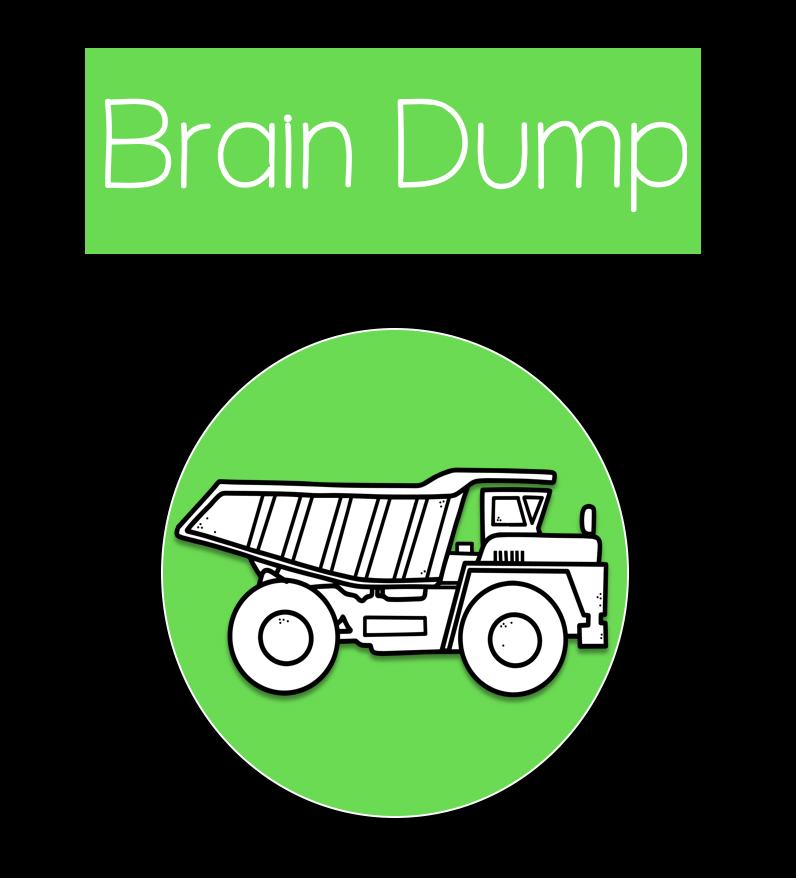
This is the stage where the students “dump” everything they think they know about their topic onto paper. They can write any ideas for research, the presentation, questions, and/or fears. They basically dump all of the thoughts on paper.
Teaching Research Step 3 – Keywords

Once students have dumped out all of their ideas, they will then create a list of keywords. This will help guide the next step of shopping for resources. For example, if a student is doing a research project on changes in landforms, then the keywords would be – landforms, mesa, mountain, weathering, erosion, etc.
This list can be added to throughout the unit as student learn and ask new questions.
Teaching Research Step 4 – Shopping Cart

Finding and gathering resources is so important. Too often kids get one book, say they can’t find anything and then the frustration sets in. I like to hold an “online shopping” lesson where I guide students through this process.
First, I show them how to find an access links to books in our school library. Then I guide them through our state virtual library (in SC we use SC Discus. Each state has there own virtual library. Ask you school librarian if you are unsure of how to access yours. Learn more about how your school librarian can help in this article. https://jessicazannini.com/2019/10/27/4-easy-ways-teacher-collaboration-can-save-you-time/
Lastly, I guide them through finding web resources. I have found that using Kiddle.co is a quick way for them to find the links they would need for their assignment.
Teaching Research Step 5 – Note-taking
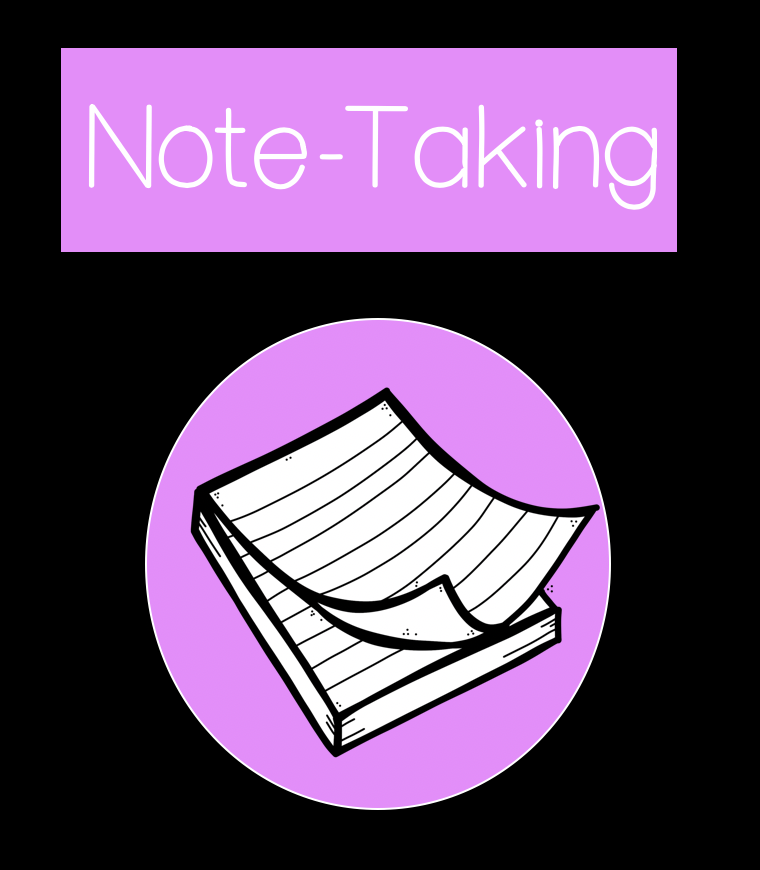
With note-taking we want students to do more than just move information from a book to a piece of paper. Note-taking is a way to engage with the information, to connect with information and see how it fits with the initial inquiry. Teach them how to read and process the information. Then close the resource and write what they found important.
Found poetry is a great way to teach this step. You can learn more about found poetry in this article.
Teaching Research Step 6 – Citations
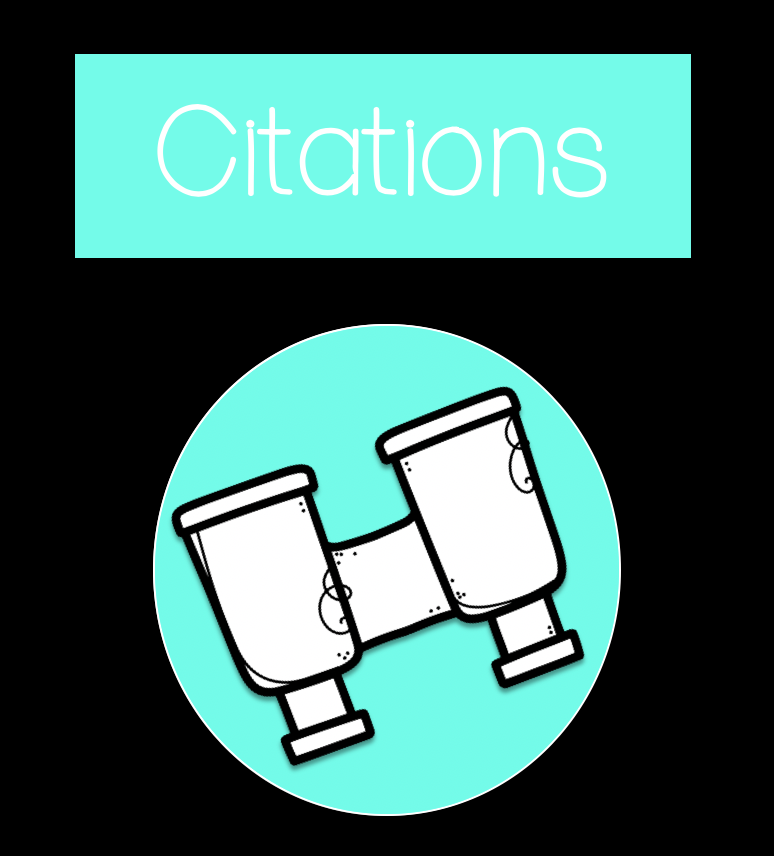
Citing sources is very important and kids are never too young to start learning to give credit. There are many great tools out there to help kids site sources.
A great way to get kids to really understand is with this lesson from childnet.com.
I did it with my 5th graders and there were some tears. Eventually everyone got a reward, but that initial reaction hit home with many of them. I heard words like, “That’s Not Fair.” That’s Stealing.”
The one area of citations that is most often overlooked is citing where images come from. Teach kids from the start to look for images that can be used and have permissions.
Teaching Research Step 7 – Organizing and Publishing
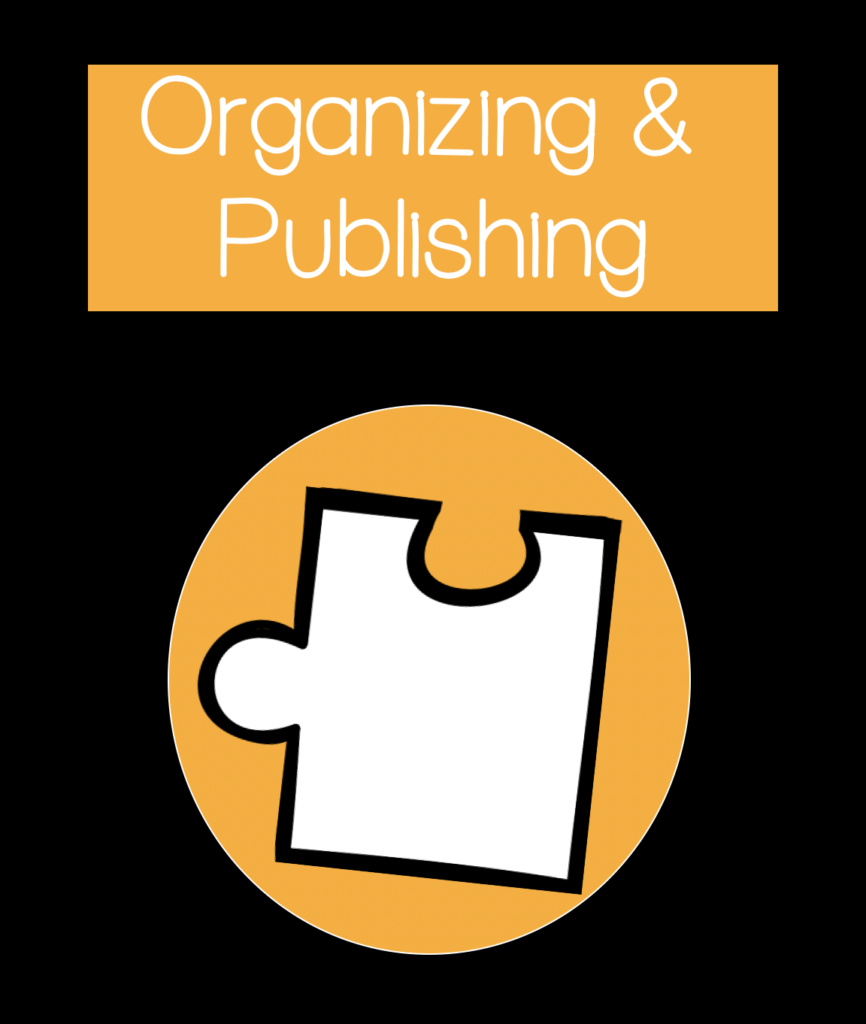
Students can easily color code notes for organization. Have students write each paragraph of their writing notes in different colors. That way when they write the draft it will already be organized. You can do the same thing digitally as well.
Teaching Research Step 8 – Evaluation
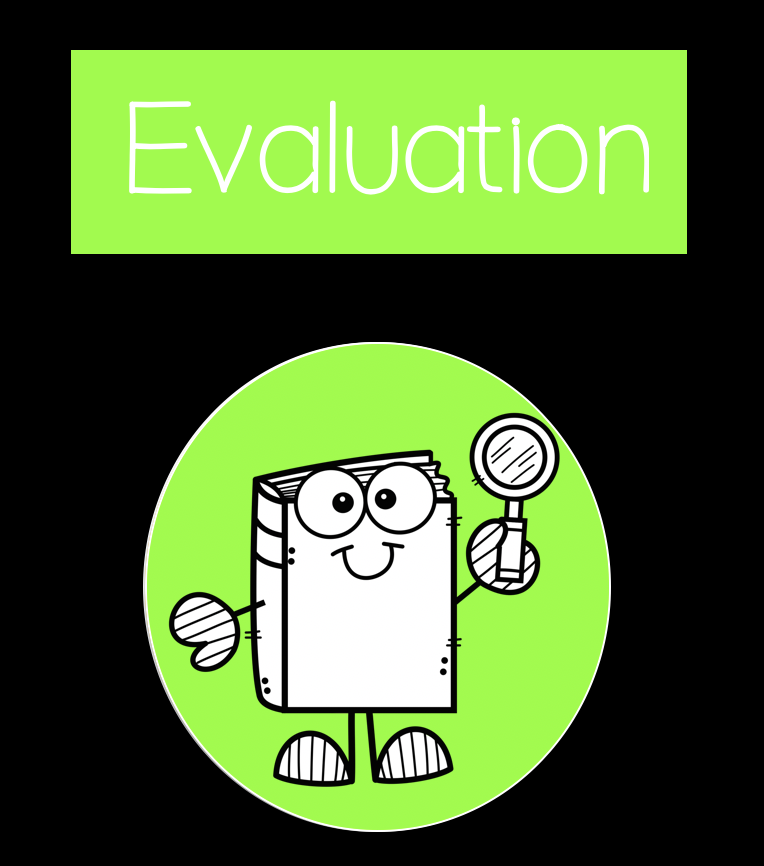
Before they present or share with others, have students evaluate their work and how they think their audience will react or engage. This is a good list to create together.

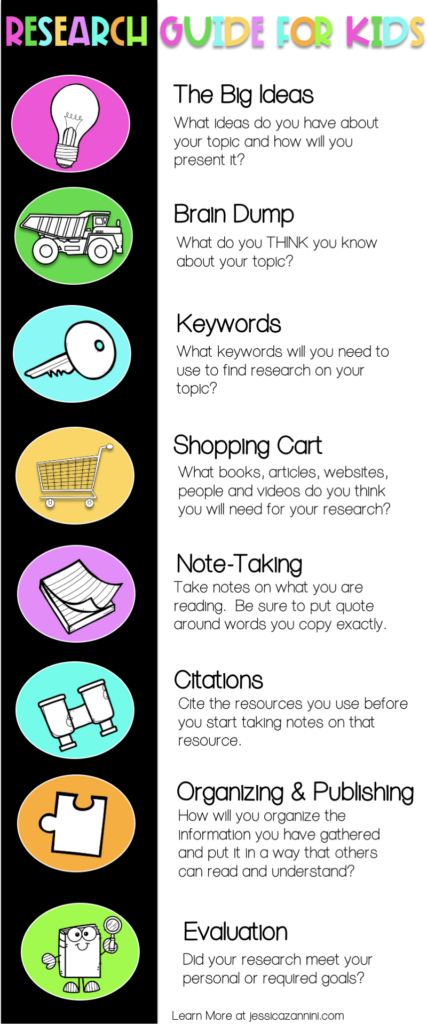

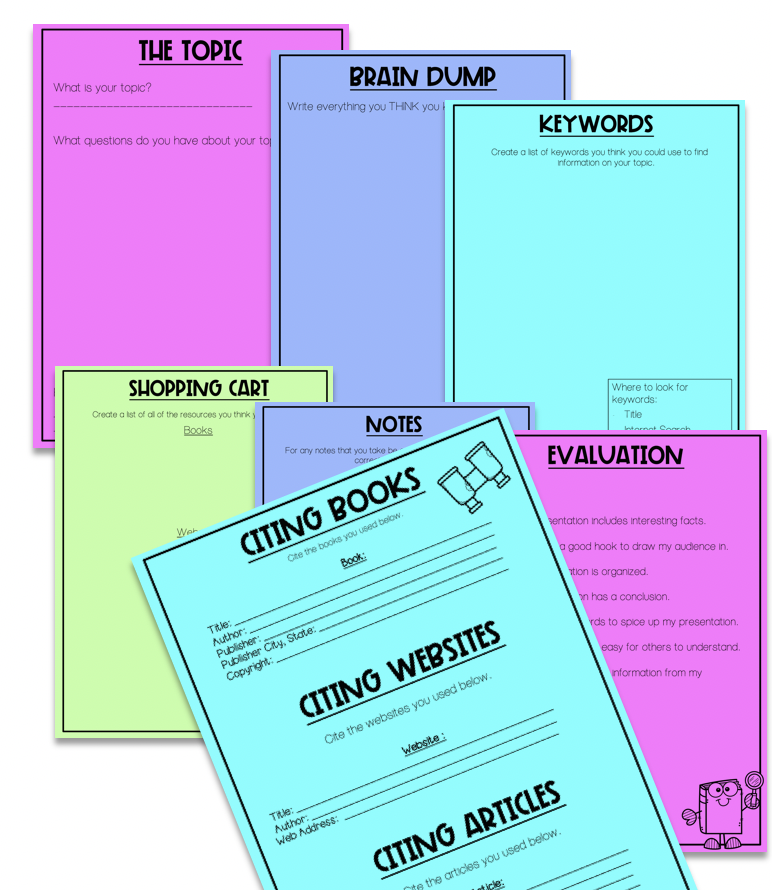
[…] Teaching research to ELEMENTARY students Writing process anchor charts President RESEARCH PAPER pac […]